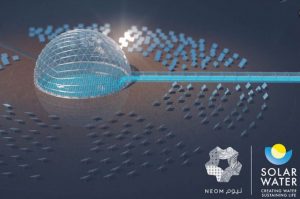A team of Australian researchers at the University of New South Wales (UNSW) has combined three tools to assess the economic viability of a hybrid Concentrated Solar Power and desalination plant applicable for any region worldwide. “The interesting thing is you can modify this by yourself,” lead author Yingfei Huang explained. “You can put any …
Continue reading “Concentrated Solar Power desalination siting tool demonstrated in Australia”











